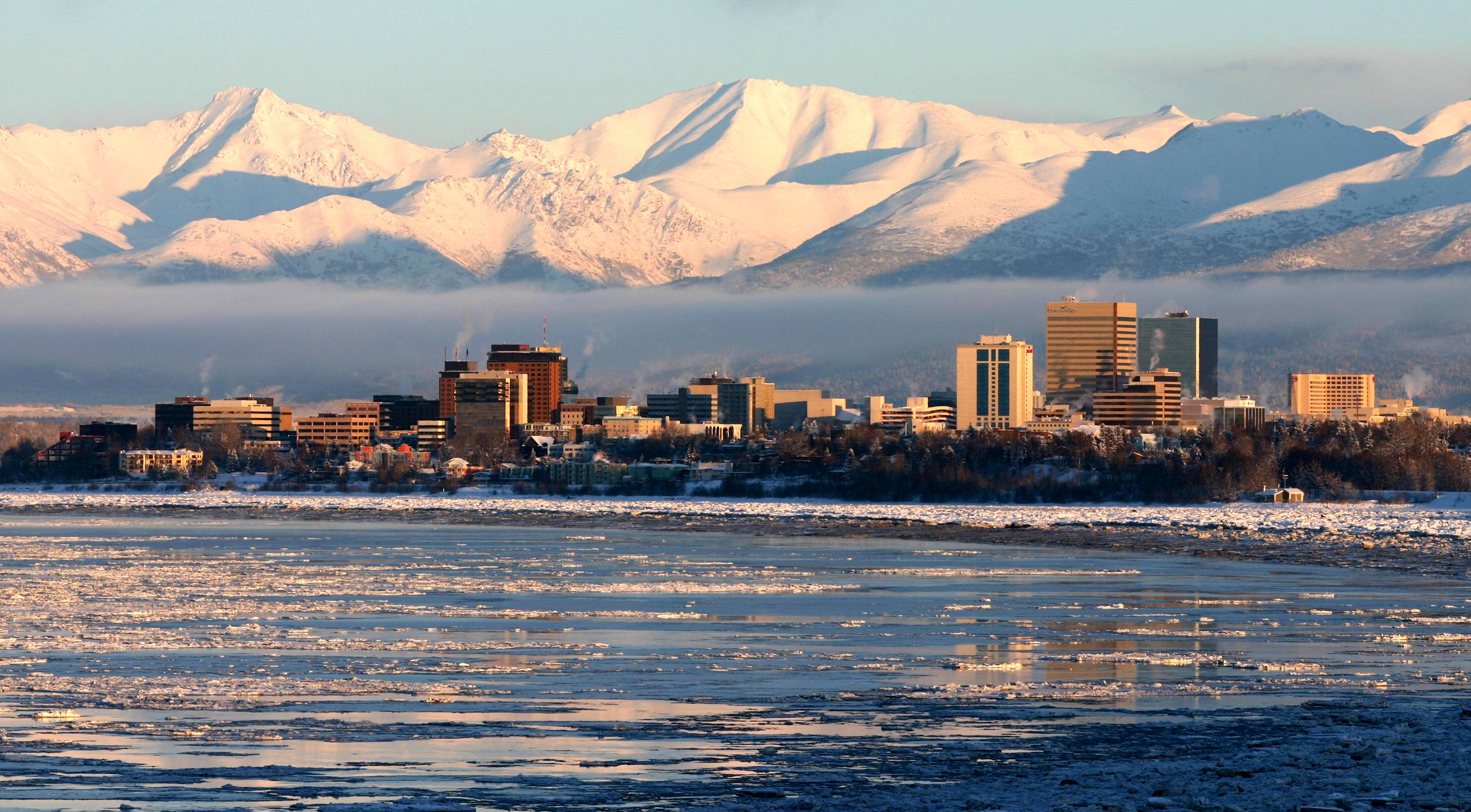
- Details
- By Jenna Kunze
December 16 marked half a century since the passage of the Alaska Native Claims Settlement Act (ANCSA), a monumental land claim that ultimately set the stakes by which Alaska Natives live in terms of land allotment and shareholder corporations.
From the time the state was purchased from Russia in 1867 until then-President Richard Nixon signed ANCSA into law in 1971, there was no federal law that dealt with the Alaska Natives extensive land claims.
Want more Native News? Get the free daily newsletter today.
ANCSA set a new stage for federal Indian policy. Instead of designating tribal reservations like much of the Lower 48 states were doing at the time, the settlement act created 12 regional for-profit Alaska Native corporations and over 200 village corporations to receive 44 million acres of non-adjacent land from across the state. Because 335 million acres of land was already claimed by the federal governments and in some cases conveyed to other entities, the corporations were compensated close to $1 billion (what would be close to $7 billion today).
“You didn’t see a lot of elation,” said William L. Iggiagruck Hensley in a recorded video from one of the Alaska Native regional corporations on the history of ANCSA. Hensley was a state legislator at the time of the law’s passage, and also worked to help establish the group that ultimately advocated for its passage, the Alaska Federation of Natives. “First of all, we knew what we were giving up.”
The Alaska Native corporations employ thousands of people in Alaska and worldwide through a variety of businesses including natural resource development, telecommunications, engineering, government contracts, construction, drilling, environmental remediation, alternative energy, real estate, investments, and tourism.
But the law has not been without controversy. Aside from losing a huge amount of land, one of the most significant consequences of the settlement for Alaska Native people was it’s cutoff for eligibility for Alaska Natives born after Dec. 18, 1971, and a ¼ blood quantum requirement. A 1992 amendment expanded shareholder eligibility by removing the blood quantum requirement and allowing corporations to choose if and how they wanted to allow for more shareholders. To date, six of the 12 Alaska Native regional corporations have allowed those born after 1971 to become a shareholder, but many Alaska Natives from the six other corporations born after the settlement’s cutoff date are advocating for equal shares to that of their ancestors. Additionally, ANCSA doesn’t guarantee subsistence rights for Alaska Natives. Instead, those rights are largely regulated by the federal government, something Native leaders have long been fighting.
Earlier this month, the Alaska Federations of Natives—the group originally created in response to land claim issues—held its annual two day conference with the theme ‘ANCSA at 50: Empowering Our Future.’
“The passage of the Alaska Native Claims Settlement Act fifty years ago was a groundbreaking, remarkable achievement for Alaska,” AFN’s website reads. “A model around the world of Indigenous self-determination, ANCSA has led to tremendous economic benefits and opportunities for Native people and for all Alaskans.AFN will proudly celebrate that accomplishment while acknowledging there is plenty more work to be done.”
This article was updated to clarify acreage and land claims information.
More Stories Like This
Native News Weekly (August 25, 2024): D.C. BriefsUS Presidents in Their Own Words Concerning American Indians
The Stories That Started to Define Cultivating Culture in 2025
Breaking: Ben Nighthorse Campbell, Cheyenne Leader and Former U.S. Senator, Walks On
Zuni Youth Enrichment Project Joins 10th National Farm to Cafeteria Conference, Strengthens Partnerships for 2026 Food Sovereignty Work
Help us defend tribal sovereignty.
At Native News Online, our mission is rooted in telling the stories that strengthen sovereignty and uplift Indigenous voices — not just at year’s end, but every single day.
Because of your generosity last year, we were able to keep our reporters on the ground in tribal communities, at national gatherings and in the halls of Congress — covering the issues that matter most to Indian Country: sovereignty, culture, education, health and economic opportunity.
That support sustained us through a tough year in 2025. Now, as we look to the year ahead, we need your help right now to ensure warrior journalism remains strong — reporting that defends tribal sovereignty, amplifies Native truth, and holds power accountable.
 The stakes couldn't be higher. Your support keeps Native voices heard, Native stories told and Native sovereignty defended.
The stakes couldn't be higher. Your support keeps Native voices heard, Native stories told and Native sovereignty defended.
Stand with Warrior Journalism today.
Levi Rickert (Potawatomi), Editor & Publisher

